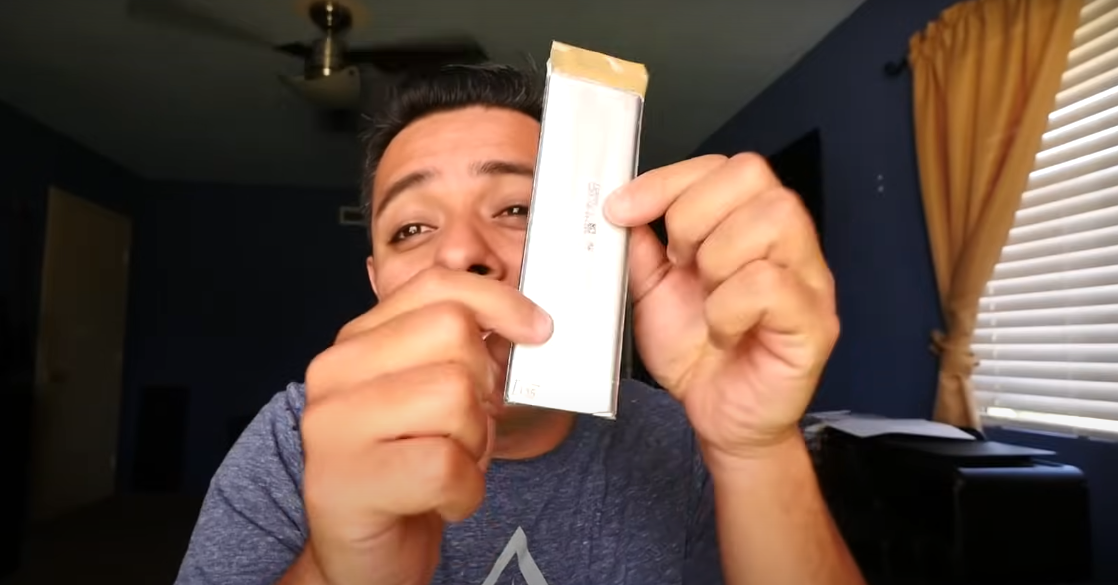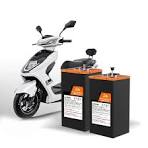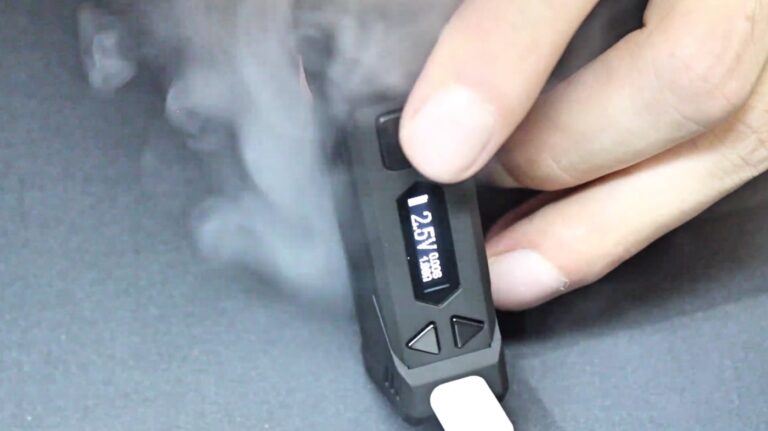How Long to Charge 18650 Battery?
When dealing with golf cart batteries that are dead or figuring out how long it takes to charge an 18650 battery, proper understanding and planning are crucial. Let’s break this down into practical solutions and methods for both scenarios, ensuring you can revive your batteries safely and efficiently.
If your golf cart batteries are dead, the first step is to determine their state of charge and overall condition. Sometimes, when batteries discharge completely, the voltage drops too low for standard chargers to recognize them. In such cases, you’ll need to manually boost the voltage of each battery before using the golf cart’s standard charger. To start, inspect the batteries for any signs of corrosion or damage, and clean the terminals if needed. Corrosion can block the flow of electricity, which might worsen the issue.
Next, use an automotive charger or a jump charger to boost the batteries manually. Set the charger to the same voltage as the battery—whether 6V, 8V, or 12V, depending on your golf cart model—and connect it carefully. Attach the positive clamp to the positive terminal and the negative clamp to the negative terminal. Charge each battery individually for about 5–10 minutes, allowing the voltage to rise above the threshold that your golf cart charger requires. After this step, reconnect your golf cart charger and monitor the charging process to ensure everything functions normally. Always prioritize safety by following the manufacturer’s recommendations and charging in a well-ventilated area.
On the other hand, charging an 18650 battery involves a more technical approach, especially if you want to maximize performance and lifespan. 18650 batteries, common in flashlights, power tools, and vaping devices, rely on a two-stage charging process—constant current (CC) and constant voltage (CV). During the CC phase, the charger delivers a steady current to quickly bring the battery up to its voltage limit, usually 4.2V. Once this voltage is reached, the charger shifts to the CV phase, holding the voltage steady while gradually tapering off the current. This ensures the battery safely reaches full capacity without overcharging.
A significant factor in charging 18650 batteries is selecting the right charger. Smart chargers, for instance, automatically detect the battery’s chemistry and adjust the charging parameters accordingly. For example, a charger like the Nitecore SC4 can handle various battery types, including lithium-ion, NiMH, and NiCd, making it a versatile choice. Multi-bay chargers, such as the Efest LUC V4, are ideal for users who need to charge multiple batteries simultaneously. Portable USB chargers, on the other hand, are perfect for users on the go, offering convenience when access to traditional power outlets is limited.
Charging time for an 18650 battery depends on its capacity and the charger’s current. The formula to calculate charging time is:
Charging Time = Battery Capacity ÷ Charging Current × Factor
The factor accounts for internal resistance and efficiency losses, typically ranging from 1.2 to 1.5. For example, a 2600mAh 18650 battery charged at 500mA with a factor of 1.5 would take approximately 7.8 hours (2600 ÷ 500 × 1.5). Fast chargers reduce charging time but may generate more heat, which can degrade the battery over time. Slow charging, while taking longer, produces less heat and is gentler on the battery, extending its lifespan.
It’s also essential to consider safety features when choosing a charger. Overcharge protection, reverse polarity detection, and temperature sensors are critical to preventing accidents. Chargers with user-friendly interfaces, such as LCD displays, provide real-time data on charging status, making them especially useful for monitoring and troubleshooting.
Fast charging versus slow charging is another consideration for 18650 batteries. Fast chargers, delivering currents greater than 1C, can significantly reduce charging time but at the cost of increased heat and potential battery wear. Slow chargers, on the other hand, apply a lower current, ensuring a more controlled and less stressful charging process. The choice between the two depends on your priorities—whether you value speed or battery longevity.
For optimal performance, always stop charging 18650 batteries when the charger indicates they are full. Overcharging can damage both the battery and the charger, leading to reduced capacity and potential safety hazards. Additionally, if you notice unusual behavior, such as a battery taking too long to charge, use a multimeter to measure its voltage. This can help identify whether the battery is faulty or if the charger is not functioning correctly.
Returning to the question of how long it takes to charge a battery, the principles are consistent whether you’re charging golf cart batteries or 18650 cells. For a 100Ah golf cart battery, charging with a standard charger delivering 10A might take about 10–12 hours to reach full capacity. For 18650 batteries, using a 1A charger typically requires 2–3 hours, depending on the battery’s capacity and initial charge level.
In summary, reviving and charging batteries—whether golf cart batteries or 18650 cells—requires the right tools, techniques, and safety precautions. By understanding the charging principles and selecting appropriate chargers, you can extend the life of your batteries and ensure they perform at their best. Regular maintenance, timely monitoring, and proper charging habits are the keys to keeping your batteries reliable and ready for use.
Read more:





